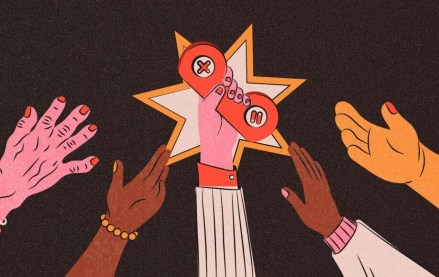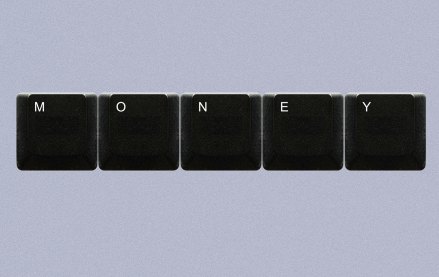With its print magazine halted, Stylist pivots to digital subscriptions

Stylist launched a free-to-download app two weeks ago offering a digital version of the weekly print magazine (print distribution is currently on hiatus).
This app is its first consumer revenue push: Readers can pay for an annual subscription for £21.99 ($27.35). Six-monthly and quarterly tiers are available for £11.99 ($14.91) and £6.99 ($8.69) respectively, but people can still access some content for free. Over the last two weeks, nearly 10,000 people downloaded the app. In the next week, all app content goes behind the paywall.
The publisher began thinking seriously about reader revenue at the end of January, but the decimation of the ad market brought the launch of the product forward by at least three months, said Stylist managing director Owen Wyatt.
“Everyone knows the prevailing winds of the print ad market, our question has always been how do we capture the love for the magazine as a digital product?” he said. “2020 was always going to be the year of looking for consumer revenue for the magazine in digital, this forced us to work out that strategy sooner.”
Stylist has brought on board former-Hearst executive Alun Williams as director of health and fitness and consumer revenue. Earlier this year, Stylist joined Apple News Plus, the subscription version of the mobile aggregator.
Subscriptions are one of the few bright spots for publisher revenue at the moment. Digital news and media publishers are seeing subscriptions grow three-fold, according to technology platform Zuora. Publishers like Tribune Publishing and The Daily Beast are seeing spikes. This is spurring others like U.K. parenting site Mumsnet to start subscription models.
But driving a sustainable subscription business takes work. A crowded competitive landscape, fatigue around coronavirus content and people planning a more frugal life are barriers. Stylist also has to shift how it treats content. Previously it published popular print articles online to drive traffic numbers, now those popular articles will be behind the paywall.
Comscore puts Stylist’s audience at 2.2 million monthly unique users during March, up from 1.3 million during the same time period two years before. (Stylist said its analytics puts its monthly users at 3 million.)
“Everyone is dealing with ad campaigns being put on hold,” said Wyatt, “but this morning I’ve seen three concepts [pitching for ad campaigns] go out to advertisers we know are spending right now, that’s mostly in food, drink, finance and telcos. As a business, we had to strip it down to who is spending money. Agencies need ideas,;we are all facing the same problem.”
Over the last two years, Stylist has added events and affiliate revenue but it’s still — and will remain — predominantly an ad-funded business.
“The audience is definitely a very engaged one,” said Charlotte Taylor, group trading director at Publicis Media agency Spark Foundry, which has worked with Stylist for several clients. “We’re not seeing other publishers be that quick to adapt in the magazine space [during this time].”
The decision to move more readership in-app will help it gain “more control over how they collect their data in cookie-less environments,” said Catherine Lofthouse, programmatic director at Essence. “Stylist will be in an established structure to then offer their valuable insights back to advertisers and agencies.”
Stylist had a print distribution of over 400,000 in the second half of 2019, according to the Audit Bureau of Circulations.
More in Media

From sidelines to spotlight: Esports events are putting creators center stage
Esports events’ embrace of content creators reflects advertisers’ changing priorities across both gaming and the wider culture. In the past, marketers viewed esports as one of the best ways to reach gamers. In 2025, brands are instead prioritizing creators in their outreach to audiences across demographics and interest areas, including gaming.

Condé Nast and Hearst strike Amazon AI licensing deals for Rufus
Condé Nast and Hearst have joined the New York Times in signing a licensing deal with Amazon for its AI-powered shopping assistant Rufus.

Media Briefing: AI payouts may be entering a new era
AI compensation is evolving — and new models, not just publisher demands, are driving the shift beyond flat-fee licensing.








